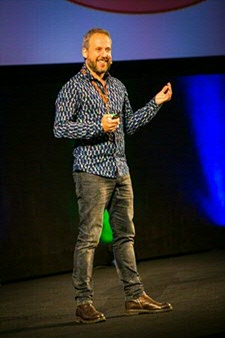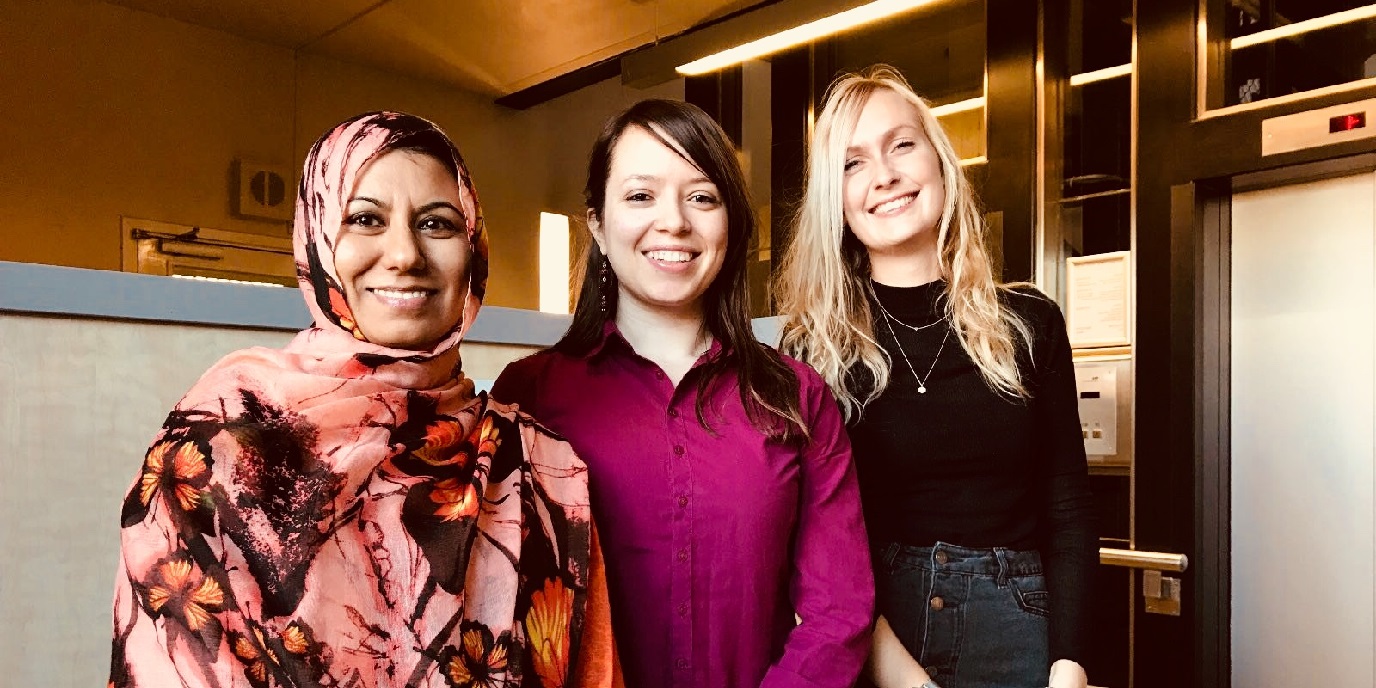Students with dyslexia in the spotlight
Approximately 5% of the Dutch population has dyslexia. Nevertheless, about half the primary and secondary schools report a much higher percentage of pupils with a dyslexia certificate. This probably includes children who do have difficulties with reading and writing, but could overcome these with appropriate support. On the other hand, there are also dyslexic pupils without a diagnosis, who have been able to compensate for their problems. Now that more and more students with dyslexia are making their way to university, the UG faces a challenge. How do we determine, in a scientifically responsible manner, who has dyslexia? And how do we support this group as effectively as possible? Neurolinguist Wim Tops takes up the challenge.
New clinical component at GELC

Even the first question – how do we determine which student has dyslexia? – is a difficult one. Standard dyslexia tests are designed for children and cannot simply be used for students. Wim Tops already discovered this in his PhD research on dyslexia in young adults. As a clinical psychologist, he has also gained extensive experience in diagnostics. He recently developed a number of tools to fill this diagnostic gap, including the ‘TASP’ (Automated Games Test for Young Adults) and the ‘One-Minute Test for Students’. In addition, he has designed a reliable and valid diagnostic protocol that can be used to test or retest young adults who suspect that they are dyslexic. Tops has been working together with the University of Groningen student deans for the past two years.
Now, in 2017, it was time for the next step. Diagnosis of dyslexia in adults was incorporated in the work of the Groninger Expertise Center for Language and Communication Disorders (GELC). At this multidisciplinary center, a number of specialists work at the interface between scientific and clinical practice. Here, Tops is supported by, among others, Prof. Ben Maassen, professor of dyslexia and clinical neuropsychologist, and Prof. Roelien Bastiaanse, professor of neurolinguistics and specialist in the field of aphasia.
Providing assistance in combination with scientific research
In addition to offering a reliable and affordable test for both Dutch students and international students, the GELC aims to contribute to the effective support of students with dyslexia. Many students – about 1500 totally at the UG – fail to complete the degree programmes of which they are cognitively capable. It is important for these students and the University that useful facilities are provided to them , but little empirical research has been done in this field. Using his diagnostic tools, Tops can identify the target group. This leads to opportunities for both applied and fundamental scientific research into dyslexia, creating a win-win situation for both science and practice.

In 2017 two PhD students, Aida Salcic and Liset Rouweler, started research into dyslexia at the GELC. Aida Salcic makes use of EEG research to determine whether people with dyslexia, in addition to problems with reading and spelling, also exhibit abnormal patterns in the processing of morphological and syntactic structures. Liset Rouweler focuses on reading comprehension, in both Dutch and English, of students with dyslexia. In addition, postdoc Dr Sana Haidry, who obtained her doctorate in 2017 on the diagnosis of dyslexia in Urdu, is working on validating a new dyslexia test for foreign students who have English as their second language.
Sharing knowledge
The new generation of researchers is also involved in the research and clinical practice around the diagnosis of dyslexia. Two Master’s students in Neurolinguistics are currently doing a placement at the GELC, and the Research Master students of the international EMCL programme (European Master’s in Clinical Linguistics) are involved in the validation of the new diagnostic instrument for dyslexia.
For the development and refinement of the diagnosis, the GELC focuses primarily on students at the UG. The close collaboration with the UG Student Service Centre, that refers students who may have dyslexia, will continue. Students at universities of applied sciences can also join the GELC, and access might be expanded to other adults later as well. However, the GELC is not striving to develop a monopoly. Tops says: ‘We want to share our knowledge and tools with the field so that other professionals also develop the expertise to study dyslexia in adults. We have planned a number of activities, such as a masterclass for municipal healthcare psychologists and remedial educationalists. In addition, we also want to translate the results of the current research into clinical and educational practice. To that end we will organize a symposium on dyslexia in higher education. Finally, we want to develop an awareness campaign for all lecturers and students at the University of Groningen, to draw attention to the specific problems students with dyslexia encounter and give tips on how to deal with those difficulties.’


| Last modified: | 18 June 2020 5.01 p.m. |
